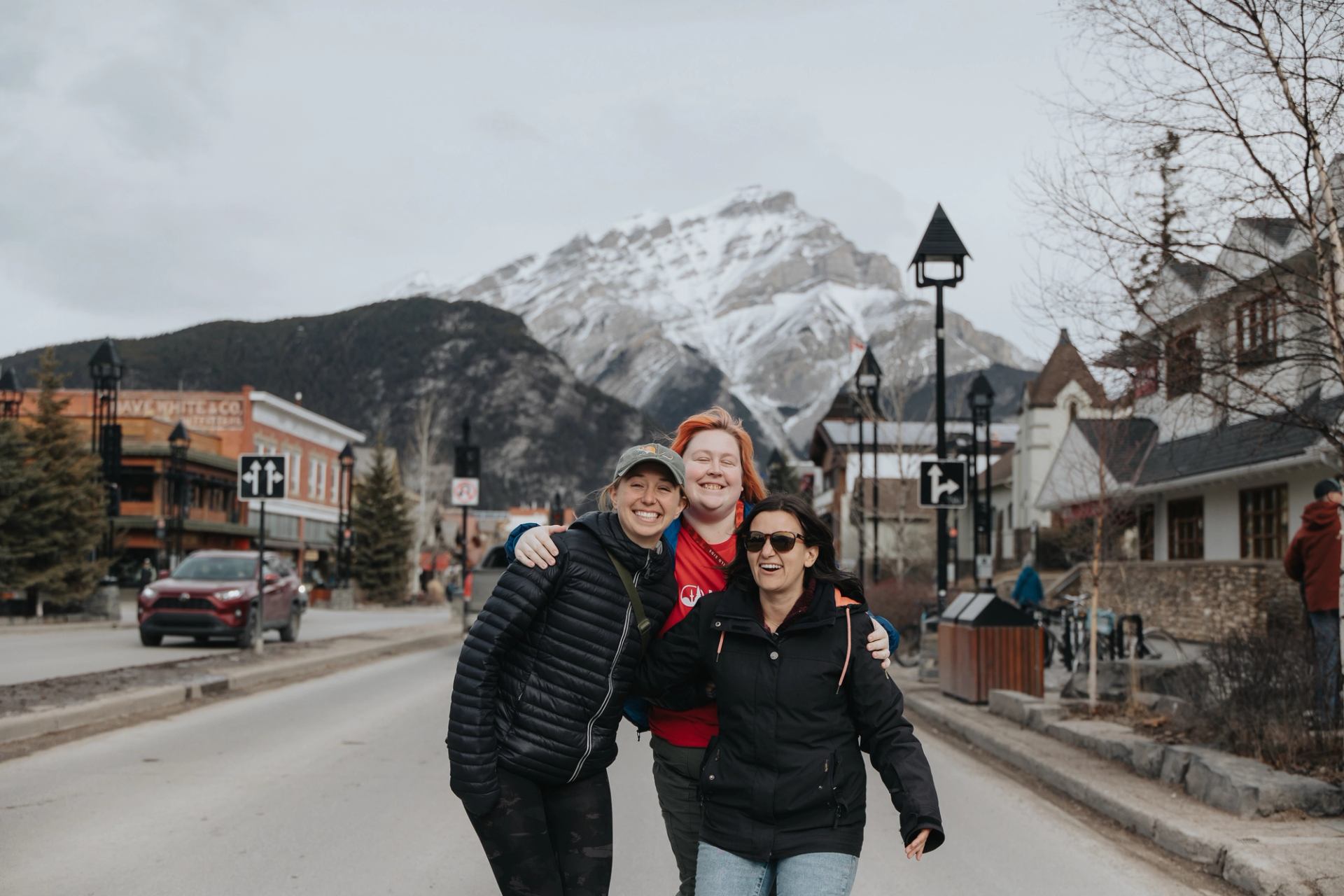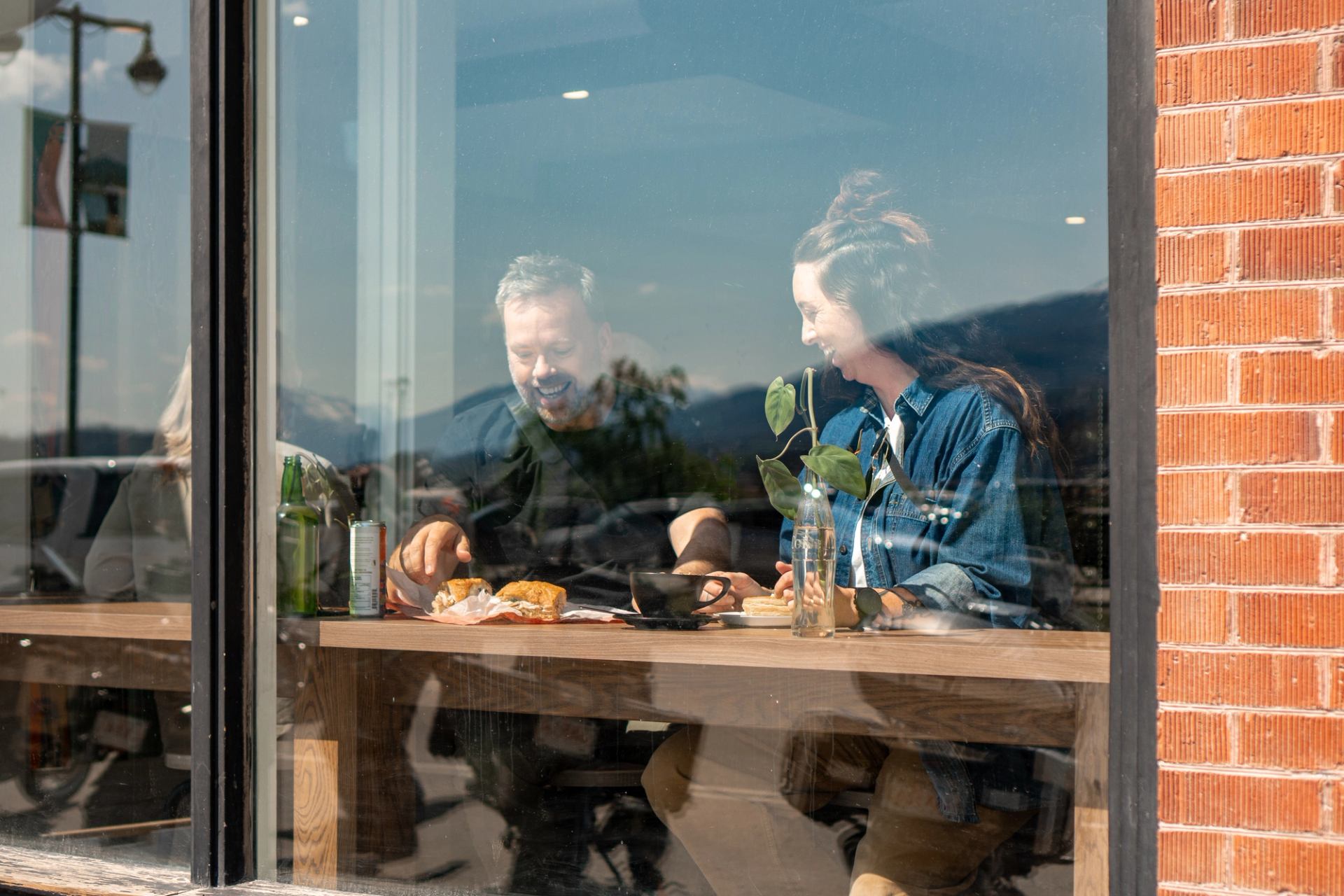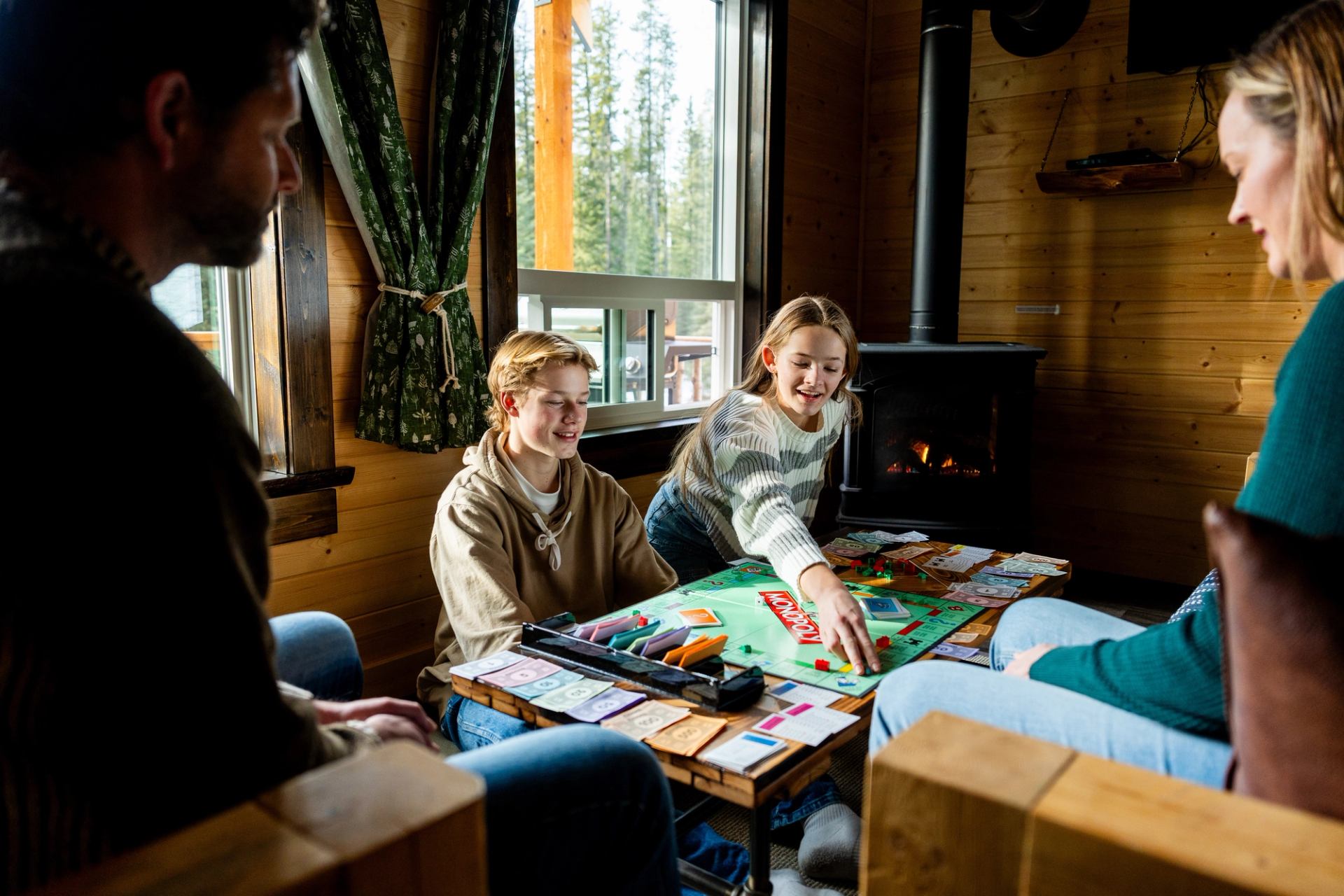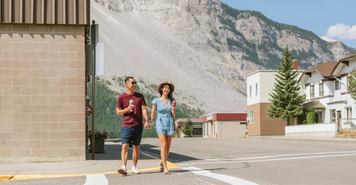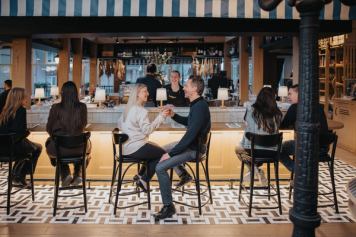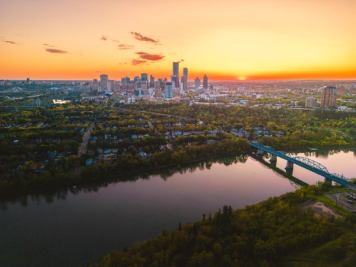As anyone who works in tourism can attest, this industry is dynamic, collaborative, and deeply rooted in local community connections.
At Travel Alberta, we have the pleasure of working with passionate folks who make up this energetic community of hardworking entrepreneurs, businesses, and leaders. Each one of them makes Alberta a better place to live, work, and visit.
From these connections across the province, both big and small, we asked two members from our team, who have a combined 36 years worth of experience in tourism, to offer tips on succeeding in tourism for the long run.
Whether you're new to the field or are a seasoned operator looking to grow, here are 10 essential tips for thriving in tourism, especially in developing regions.
1. Be flexible and embrace change
The only constant in tourism is change. From shifting policies to evolving community priorities and visitor expectations, flexibility is essential. Stay open-minded and adjust your strategies when needed. Be ready to “roll with the punches,” and this adaptability will keep your business relevant and resilient.
In other words, it’s always great to have a Plan B in place, whether that’s an alternative itinerary, a backup supplier, or a different marketing approach. Simply having an alternative plan makes you mentally more comfortable with the potential for change and helps you respond quickly when the unexpected happens.
2. Capitalize on trends
Do your research and see what’s working well in other places. According to the BBC, travel trends like stargazing, holiday romance, nostalgia tourism, sleep tourism, and digital detoxes are on the rise for 2025. Start thinking about how you could align to traveller demand while staying authentic to your identity and goals.
For example, why not position your rural cabin as an “off-the-grid” digital detox or creative retreat? Or design the ultimate Hallmark-worthy couples package as the perfect romantic getaway? No need to redesign your entire business plan to chase the latest trends, rather keep a finger on the pulse so you stay top of mind for travellers from near and far.
3. Build meaningful connections
Tourism is a people-driven industry. Your success depends not only on what you offer but also on who you know and how you engage with those around you. Take the time to attend industry conferences, workshops, and local tourism events. These events are often the starting point to building partnerships with other businesses, municipalities, and organizations. When we partner with one another, it fosters innovation and spurs the promotion of ideas that you otherwise wouldn’t have thought of.
We regularly highlight upcoming events on LinkedIn and in our industry newsletter, Connections, which is filled with valuable insights, opportunities, and updates. Make sure you’re subscribed and following us, as well as the Tourism Industry Association of Alberta and Indigenous Tourism Alberta, for the latest news and events. Your local Destination Marketing Organization (DMO) can also be a great resource for discovering relevant and worthwhile opportunities in your region.
